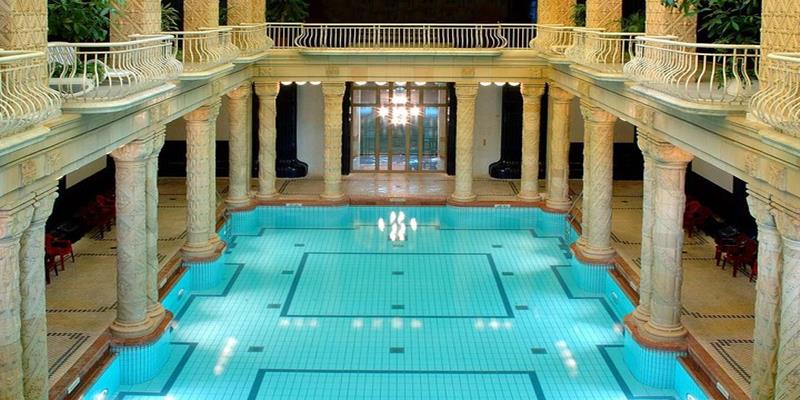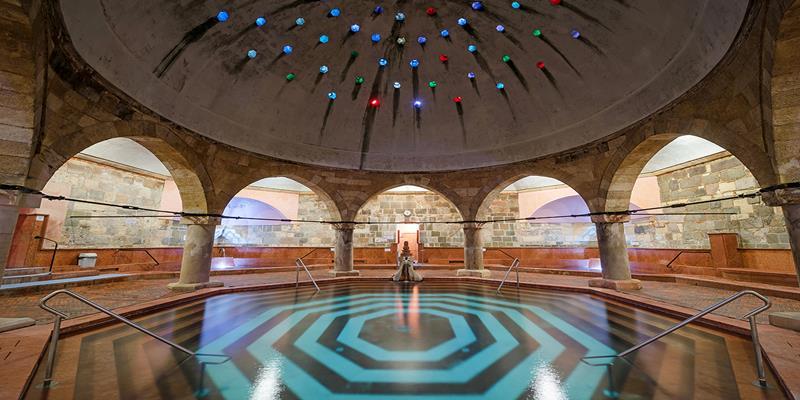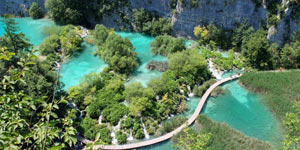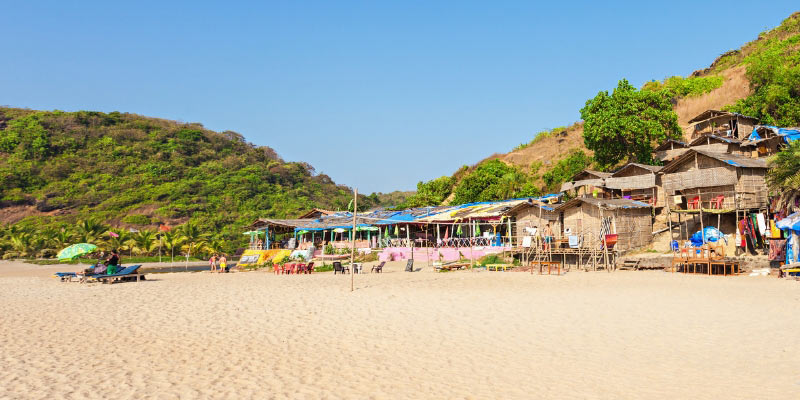Introduction
Budapest, often called the City of Spas, holds a treasure trove of thermal baths, each with its unique charm and history. The tradition of bathing in Budapest dates back to Roman times, and over the centuries, it has been perfected into an art form. The city sits on a geological fault line, blessing it with abundant hot springs.
These natural resources have been harnessed to create some of the world's most iconic and relaxing baths. Visitors and locals alike flock to these baths not just for relaxation but also for their healing properties, as the mineral-rich waters are believed to help with various health issues.
Budapest's thermal baths are not just about soaking in warm waters; they are cultural institutions that offer a glimpse into the city's rich history and social life. Each bath has its own story, architecture, and traditions, making them fascinating places to visit beyond the obvious allure of relaxation and wellness. From the grandeur of the Szchenyi Baths to the historical significance of the Rudas Baths, these institutions are integral to understanding Budapest's identity. They serve as communal spaces where people from all walks of life can come together, relax, and enjoy the healing properties of the thermal waters.
Szchenyi Baths: A Grand Escape
The Szchenyi Baths are one of Europe's largest and most popular thermal bath complexes. Nestled in the heart of City Park, this palatial spa is a masterpiece of Neo-Baroque architecture, making it a visual treat as much as a physical one. The baths were opened in 1913 and have since become a symbol of relaxation and leisure in Budapest.
With its 15 indoor pools and three grand outdoor pools, Szchenyi offers a variety of water temperatures and treatments, including steam rooms, saunas, and massage therapies. With their iconic chess boards, the outdoor pools allow visitors to enjoy a game while soaking in the warm waters, creating a unique and memorable experience.
What sets Szchenyi apart is its size or beauty and the atmosphere it cultivates. On any given day, it's a melting pot of tourists and locals, young and old, all drawn together by the communal joy of bathing. In the colder months, steam rises from the hot outdoor pools, creating a mystical ambiance against the backdrop of the bath's yellow faades. Szchenyi Baths also hosts night parties, turning the spa into a lively venue where the thermal waters meet the vibrant nightlife of Budapest. These events offer a modern twist to the traditional bath culture, proving that Szchenyi is a place where history and contemporary fun intersect.
Gellrt Baths: Art Nouveau Elegance

When traveling to the Buda side of the city across the Danube, the Gellrt Baths offer a distinct, although no less captivating, experience. Located inside the Gellrt Hotel, this bath complex opened in 1918 and is a magnificent example of Art Nouveau architecture. The main hall is stunning, with a glass dome and elaborate mosaic floors that make entering its pools feel like entering a live work of art. Amazing, isnt it?
The mineral hot springs on Gellrt Hill, well-known for their healing qualities, are the source of Gellrt's thermal waters. The hot baths, swimming pool, and wave pool are just a few amenities the bath offers. Gorgeous mosaics and sculptures around each pool contribute to the opulent atmosphere.
Gellrt Baths have long been associated with elegance and refinement, attracting those who appreciate the finer things in life. The spa's therapeutic services, such as mud treatments and carbon dioxide baths, are sought after for their health benefits, making Gellrt a place for relaxation and healing. The bath's historical significance and architectural beauty have made it a favorite among filmmakers and photographers, cementing its status as a cultural icon. Despite its popularity, Gellrt Baths maintains tranquillity, offering a serene escape from the bustling city outside its walls.
Rudas Baths: A Dip into History

The Rudas Baths offer a journey back in time, with origins dating back to the 16th century during the Ottoman rule of Budapest. This bath retains much of its original Turkish design, including the iconic octagonal pool under the dome, illuminated by rays piercing small windows.
The atmosphere in Rudas is one of historical reverence, where one can almost feel the centuries of stories and traditions unfolding within its walls. The baths have been modernized to offer contemporary services like a wellness center and a rooftop pool, which offers stunning views of the Danube and the city skyline, blending the old with the new harmoniously.
Rudas is particularly known for its traditional Turkish baths, where the bathing ritual has been preserved in its most authentic form. The bath also adheres to traditional gender-specific days, maintaining a practice that has been part of its identity for centuries. This adherence to tradition adds to the charm of Rudas, making it a unique experience in the landscape of Budapest's thermal baths. The combination of historical authenticity, therapeutic waters, and modern amenities makes Rudas Baths a must-visit for those looking to immerse themselves in Budapest's history and healing waters.
Conclusion
The baths of Budapest are more than just places to relax; they are cultural landmarks that embody the city's history, architecture, and communal spirit. Each bath offers a unique experience, from the grandeur of Szchenyi to the elegance of Gellrt and the historical ambiance of Rudas. These baths are about the healing properties of their waters, the stories they tell, and the experiences they offer. Whether seeking relaxation, health benefits, or a deep dive into Budapest's rich cultural tapestry, the city's baths welcome you with open arms. As you step into the warm embrace of these waters, you're not just taking a dip; you're becoming part of a tradition that has flowed through the heart of Budapest for centuries.





